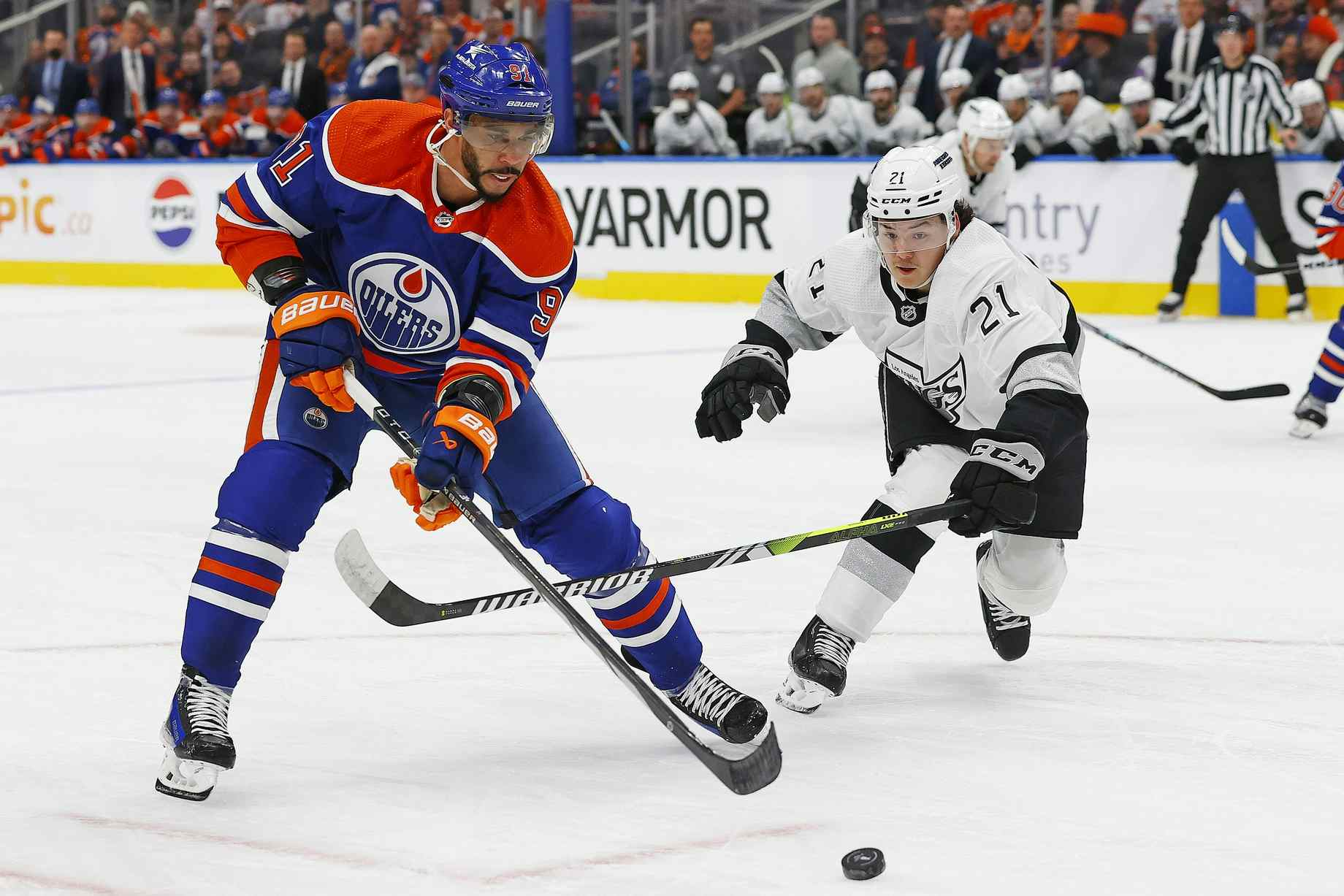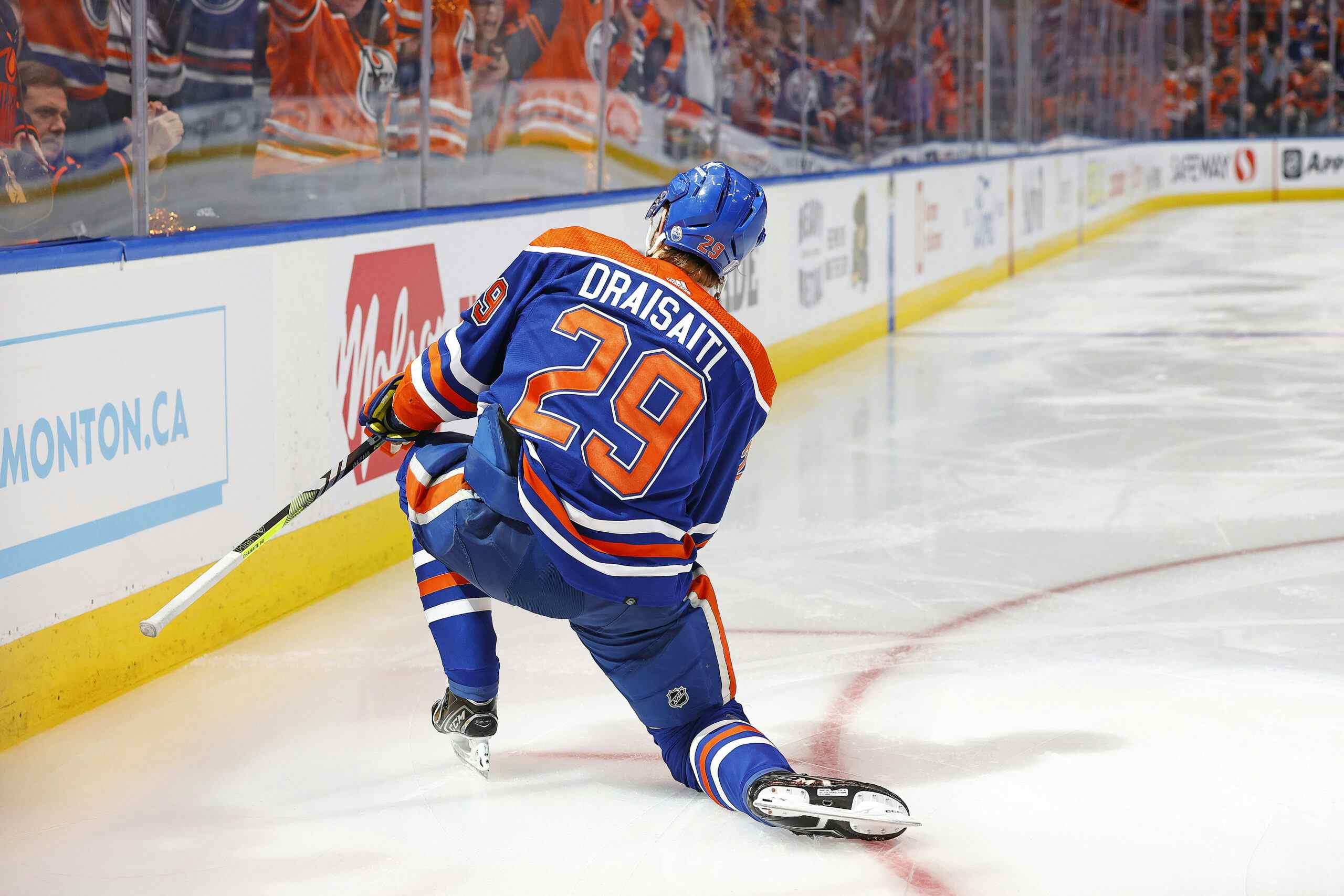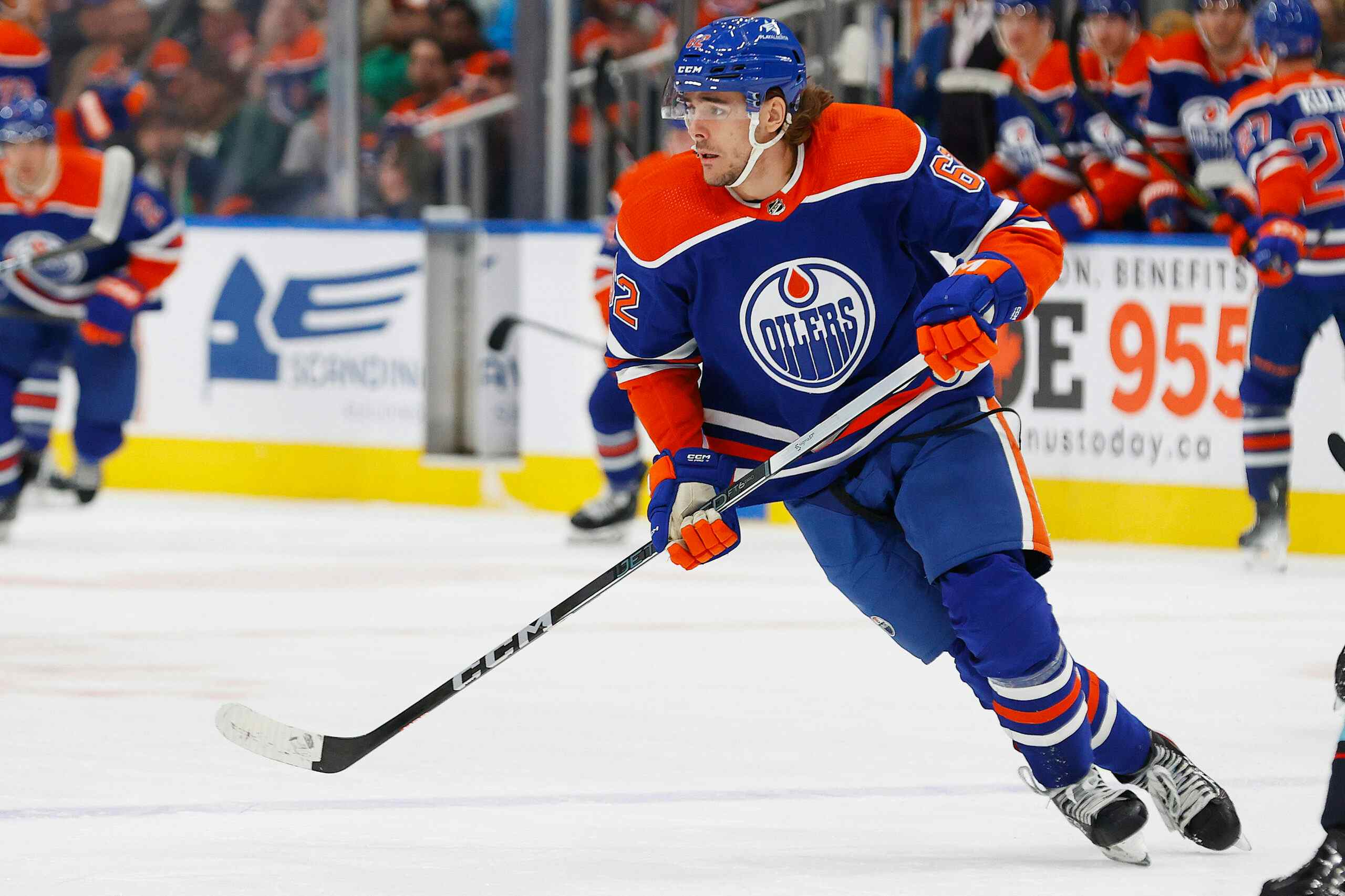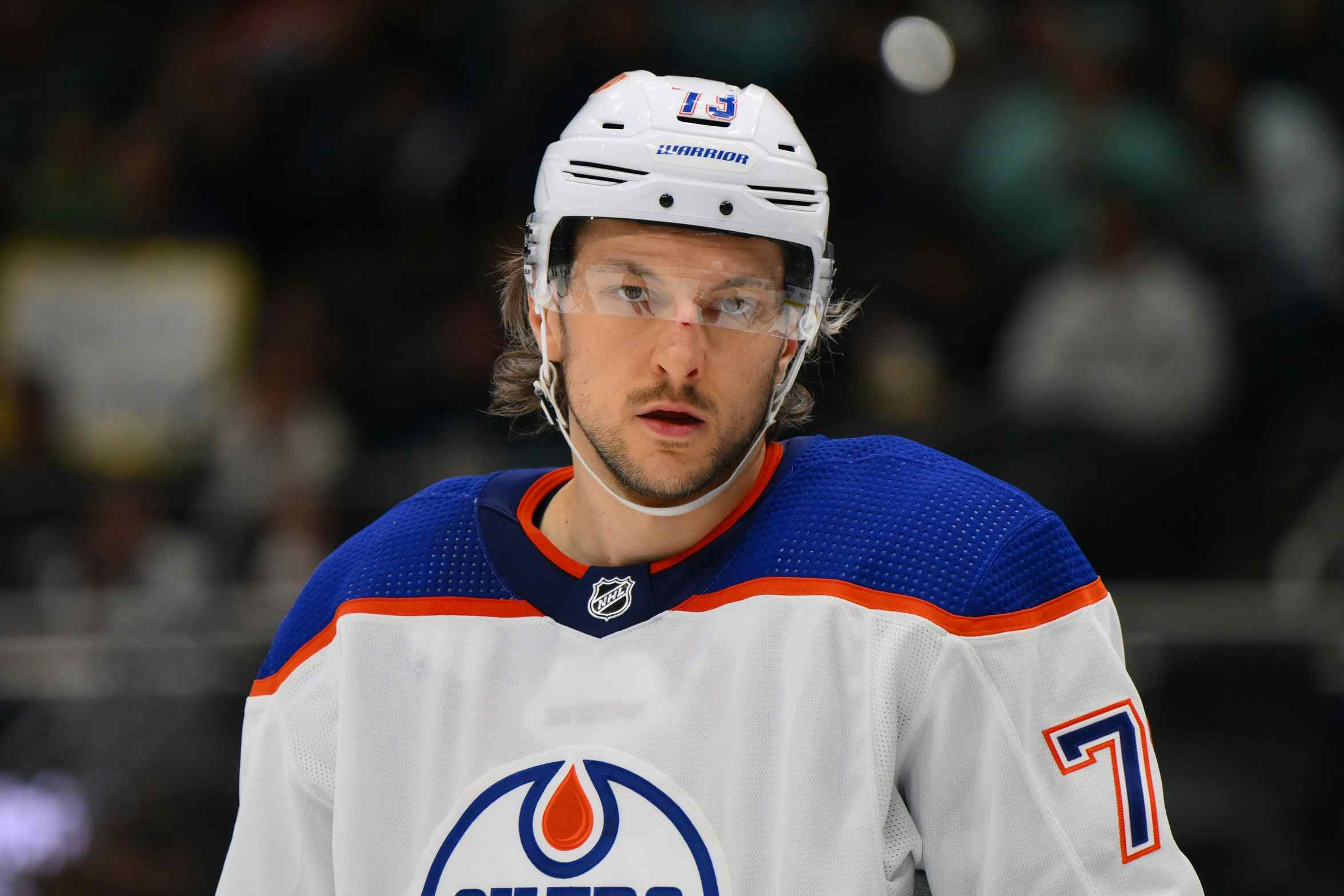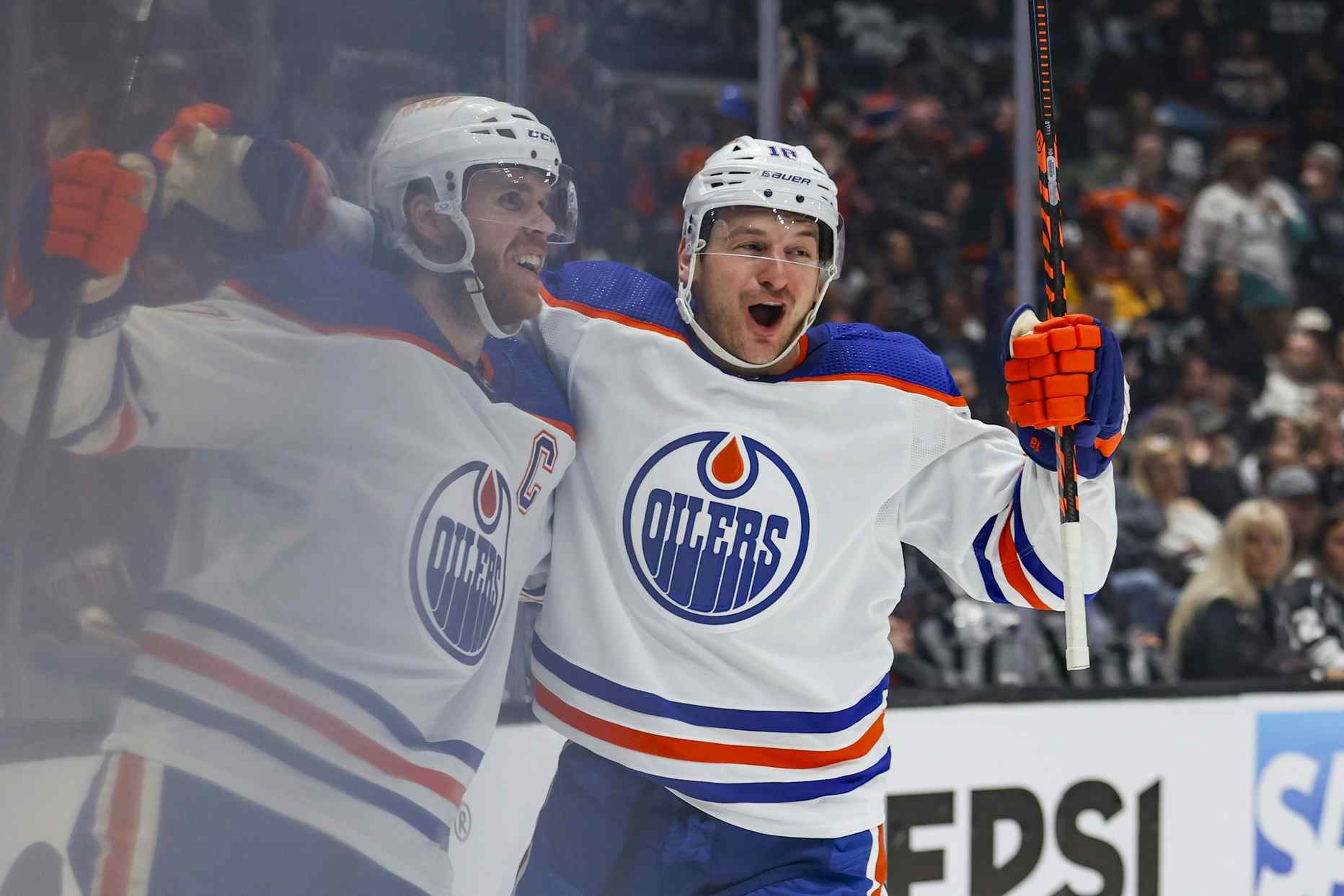Game Notes Senators @ Oilers: Defensive Awareness And Smith’s Improvement
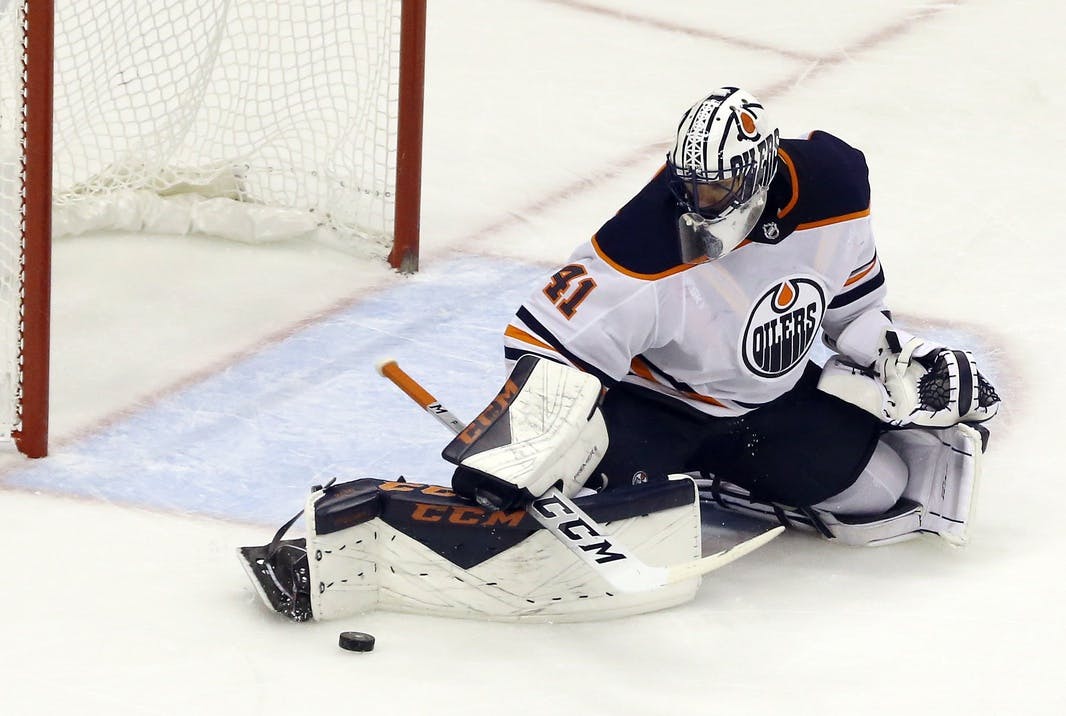
By Jason Gregor
3 years agoI love looking up stats, past or present, and I love when looking for stats leads me down a hole searching for a different answer, which is often is literary or spiritual. I’ve always been intrigued by idioms, adages or sayings. Why do we say them and are they accurate?
As I was thinking what angle to take today, I found myself wondering if the idiom Good Things Come To Those Who Wait is true?
— This ties in well for Oilers fans. You’ve been waiting for over a decade to watch a team play sound defensively. Was the wait worth it? Before you answer, let’s look at the origin of the idiom.
Good things come to those who wait is actually a modern form of the older common phrase ‘All things come to those who wait’. The oldest record of this original phrase is in the poem Tout vient a qui sait attendre written by British poet Lady Mary Montgomerie Currie under her pen name Violet Fane. Bonus points if you knew this previously. I hadn’t, but I’m not ashamed to admit it since Fane penned these words in 1886. Robin Brownlee and Lowetide might be the only ones who remember, but I digress.
— Here is the entire poem.
All hoped-for things will come to you
Who have the strength to watch and wait,
Our longings spur the steeds of Fate,
This has been said by one who knew.
Who have the strength to watch and wait,
Our longings spur the steeds of Fate,
This has been said by one who knew.
‘Ah, all things come to those who wait,’
(I say these words to make me glad),
But something answers soft and sad,
‘They come, but often come too late.’
Reading the full poem gives us a much better context. The last line knocks the wind out of you, because it is true. Patience is needed in our life, often when raising children, or interacting online, but sometimes the good things we are waiting to arrive too late.
— Between 2000-2020, no fanbase watched their team lose more than Oilers fans. It was a rough 20 years, but your loyalty and patience to your team is finally paying off. Hopefully, for your sports sanity, it hasn’t come too late. The Oilers are winning, and they have learned how to limit goals against, while still scoring. Some people, or organizations, take a bit longer to learn things I guess.
— This season didn’t start off great defensively for the Oilers. In January they were 5-6. They were 9th in GF/G at 3.45, but 28th in GA/G at 3.73. In Connor McDavid’s previous five seasons combined the Oilers were 27th in GA/G at 3.00. The start wasn’t good and many wondered if the vortex of sucking defensively would continue. It hasn’t.
— In the past five weeks, the Oilers have continued to score, but they discovered how to play solid defensively. Since the start of February Edmonton is 11-5. They have the eighth most points in the NHL and the sixth best points% at .688. They are 11th in GF/G at 3.00, but they are seventh in GA/G at 2.56. That is not a typo. Edmonton is winning by limiting goals against. Mike Smith has a .925Sv% and 2.29 GAA in 10 starts. Mikko Koskinen has a .905sv% and 3.06 GAA in six starts.
— Edmonton has allowed two goals or fewer in 10 of its last 16 games. They are learning how to win close games. Edmonton is a league best 8-2 in one goal games, although part of that is due to Leon Draisaitl missing an empty net in each of the past two games. When you are winning the head coach can joke and laugh about those things like Dave Tippett did Monday night.
— I realize 16 games doesn’t make or break a season, but you need a starting point and the Oilers have shown they are figuring out how to play better defensively. There will still be some hiccups. They’ve allowed six goals three times since February 1st, but only allowed 23 goals in their other 13 games. Impressive.
— Edmonton has only won six consecutive games against one franchise in the past decade. From February 15th, 2015 to November 26th, 2017 the Oilers won six in a row over the Boston Bruins. Tonight they can win their sixth straight game over the Senators.
— Kyle Turris will not dress. He was placed on COVID protocol yesterday. I’m told he has not tested positive, but had a close contact had so they are being ultra-cautious. He could miss up to three games.
— Zack Kassian joined the main group for the first time in over a month. He won’t play tonight, but might be available for one of the weekend games according to Dave Tippett.
— Mike Smith starts in goal tonight. The Oilers have played well defensively, but Smith has also been really good between the pipes this season. Kevin Woodley from In Goal Magazine and NHL.com gave a great really in-depth analysis of the main difference he’s seen in Smith this year compared to last season. I started by asking him about how we are seeing Smith spend much less time on his stomach. A direct result of the work he did with trainer Adam Francilia in the summer.
“It is funny just what you described,” said Woodley. “I joked about it with someone the other day, like belly flops per 60 are way down, and that is the easiest tell. We talked about that in the pre-season and how it would be the number one indicator. You’re right he’s a totally different goaltender and I’m a little surprised there hasn’t been more written on it. Although part of that is because he doesn’t want to talk about the work he did with (Adam) Francilia. But it goes beyond just that. You should include the stuff Dustin Schwartz (Oilers goalie coach) preaches and how it ties directly into the off-ice work Mike did in the off-season and it is a perfect fit.
“I would argue that as much as it hurt the Oilers and made it tough on Mikko (Koskinen), Smith missing time at the start of the season but still being able to do video work and do some work with Schwartz probably helped this process along. Because it would have been a big adjustment for him, but now it looks natural.
“There are less belly flops and more recoveries. If you watch them in practice, you probably notice when Smith does his work with Schwartz a lot of the focus is on recoveries. When I say recoveries I mean when you’re down on your knees in the butterfly, like in the prototypical optimal butterfly situation and you need to go left, you’d lift your right leg and push across, you slide. And Mike just had a tendency to always start everything limb first, body first, rather than leading head first. And the work that Francilia does in the off-season encourages and builds the muscle groups in a way that is a top down rotation.
“Start with the head, then torso, hips, and finally the body goes, so you stay over top of your knees when you’re playing from your knees. Mike’s so big that he can play from his knees more than other guys. But the problem was that he’d extend with the limb, and again that was the only way especially if you’re tight. But it is not just core work, it is about ankle mobility, and then that extends up through the knees and hips allowing him to reach a little bit without having to pitch forward as is his body’s natural counter-balance.
“If you’re in the butterfly, on your knees and you stick your leg out, your body wants to pitch forward to counter balance that. They did work so that his range before he needs that counter balance is much broader. And now the work that Schwartz did encourages and builds on especially the recovery work, like on the knees.
“Push recovery, you watch him side to side, post to post, the way he is playing in his post, the way he moved around the ice on his knees is more like what we could call a prototypical-technically sound goaltender in 2021, and that wasn’t @Mike Smith before. As big as he was, as deep as he played, he didn’t move all that well from his knees and it’s a lot better now. So now the body doesn’t get pitched forward, doesn’t have to counter balance as early because of the range of motion they’ve built through the lower body and into the torso, and also it is the triggers and not just the muscle groups, but how you initiate movements from Schwartz.
“Again, head down first, shoulders rotate with it, hips go, and now the back leg comes up and it gives you an edge to push from, as opposed to stick my leg out and reach, and everything is off balance. And the exciting part to me was that Francilia’s stuff should be supported and fit perfectly with the stuff that Schwartz preaches, and it really should be a great fit for Smith’s game.
“I’m impressed that at this age, Smith sought it out, but equally impressed by how quickly he has been able to integrate it. I’m watching @Brayden Holtby here (Vancouver) try and change some things in his game and it’s not going well. I still think its a process that’s going to pay off, maybe in a month but it is taking time. I’m watching the same thing with Mike, it’s not the exact same thing, but a similar type of transformation and Mike has made it.
“It is not perfect all the time… breakaways he’ll get a little extended, and again you stick the leg out as a natural reaction and your body pitches forward. That’s where you most often see him on his belly now, but it used to be that he was on his belly in situations that frankly shouldn’t have required it. But the work on and off the ice is limiting and reducing that motion and it allows him to stay big and over top of those knees and be mobile from it.”
— Woodley’s description illustrates this isn’t just a hot streak for Smith. He put in a lot of work off the ice to strengthen his body, and that has allowed him to combine that with the on-ice movements that Schwartz encourages. Ultimately it was up to Smith to make this change, and I think Woodley’s explanation shows how coaches can only help players to the point they are willing to help themselves. Smith sought out Francilia to help strengthen his core, and it has allowed him to be a more modern goalie.
Recently by Jason Gregor:
Recent articles from Jason Gregor

